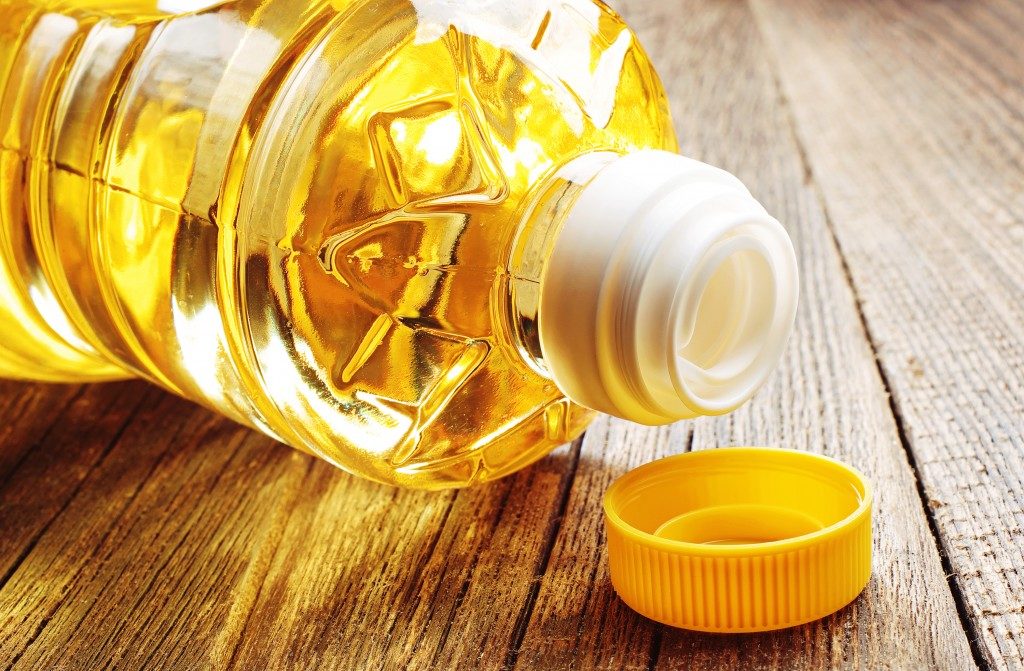When we cook, much of our thought is given to the preparation and cooking process. How we dispose of our waste tends to come as more of an afterthought. Large waste goes to the trash, but the rest often goes into the kitchen sink with the dishes and utensils, and down the drain with wash water.
Even if you have a commercial sink strainer to keep out debris, there are some substances that can slip through and lead to clogging of your line. Grease, fat, and oils are particularly dangerous in this regard as they are liquid while you cook, making them easy to flush down the drain – where they tend to solidify and bind wastes together. And unfortunately, these wastes account for around 47% of sewer overflows in the US each year.
Over time, this accumulation can not only block your drainage but also lead to the formation of fatbergs that can disrupt sewage on the community level. Everyone can do their part to ensure that our collective sewage system remains free of debris. Here are some ways you can start helping out from home by carefully managing your greasy kitchen wastes.
Store waste oil
By volume, the biggest amount of waste oil you can save is what’s left over from cooking. Empty your pans and drain your fryers, and securely store the oil in lidded containers like tubs or jars. You can then dispose of it along with your regular waste collection. Alternatively, local services may offer cooking oil recycling programs where the oil is used as biofuel.
Scrape and dry
Most of us clean our dishes with some form of detergent. Because of the surfactant properties of detergents, it can appear as though grease and oil are completely dissolved. However, that’s not the case – the blobs of fat are simply broken down into particles small enough to get washed away, and they will eventually congeal down the drain and out of sight. Boiling hot water has the same effect; it will liquefy oil temporarily, and only in areas accessible to you.
Rather than wash oil and grease off your dishes and pans, scrape them off and dry with a disposable paper towel. And like all paper waste, don’t flush this down the drain either. By draining and drying your dishes, you’ll successfully prevent the majority of greasy wastes from entering your pipes.
Make sure strainer is in place

As a general practice, you should also make sure that the strainer is securely in place and in good condition. This will prevent random debris particles from falling down the drain and potentially getting caught up in a matrix of congealed waste forming down below.
Other options
Sometimes we can’t oversee all that happens in the kitchen sink. When guests come over, or there are kids in the house, things can get quite hectic – and if you’re cooking a lot of food for everyone, keeping an eye on what goes down the drain could be tough. If you’re looking for a fail-safe solution to proper fat disposal, grease traps are an option. These are installed beneath the sink, ensuring that fatty wastes remain there where they can be periodically collected by special services.
Specialists can also help to clear lines by treating them with certain enzymes. This should only be used as a last resort, though – and with proper preventive measures, it shouldn’t become a necessity.
With these steps in mind, you can safely use oil and fat in cooking without worrying about sewage issues or incurring cleanup costs in the future.
